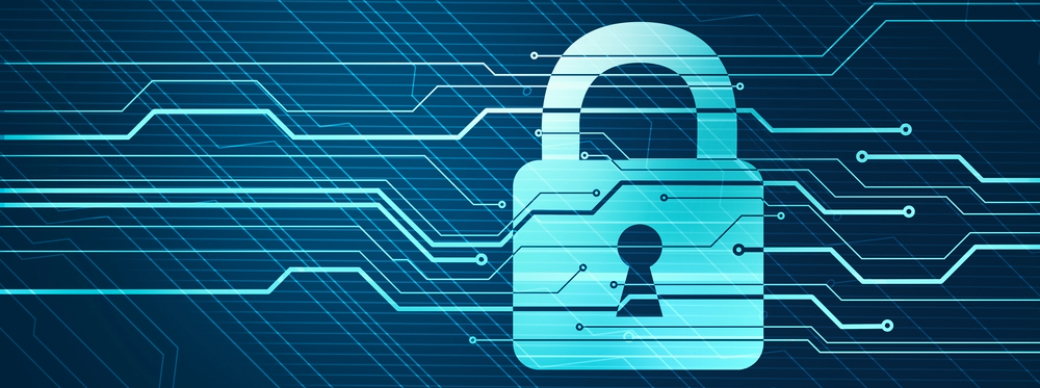Week Ending: February 10, 2024

Cybersecurity is a constantly evolving field that requires staying on top of the latest developments, threats, and best practices. In this blog post, we will summarize some of the most important news, trends, and tips on cybersecurity that happened between Feb 04 and Feb 10, 2024.
News
- AnyDesk Breach Exposes Millions
1:
On February 5th, popular remote desktop software AnyDesk reported a data breach affecting millions of users. Attackers gained access to usernames, email addresses, and hashed passwords, prompting user password resets and highlighting the importance of strong password hygiene.
- Critical Manufacturing Vulnerabilities Skyrocket
2:
A February 8th report revealed a staggering 230% increase in vulnerabilities discovered in critical manufacturing systems over the past six months. This alarming trend emphasizes the need for robust security measures within critical infrastructure and continuous vulnerability assessments.
- US Thwarts "Volt Typhoon" Cyber Espionage
3:
On February 9th, US officials announced the successful disruption of a Chinese cyber espionage campaign targeting multiple organizations worldwide. This action emphasizes the ongoing cyber conflict between nations and the importance of international cooperation in combating cyber threats.
Trends
- AI's Growing Role in Cybersecurity: From detecting anomalies to predicting attacks, Artificial Intelligence (AI) is increasingly shaping the cyber defense landscape. Expect to see further integration of AI in security software, offering faster and more accurate threat detection and response.
- Focus on Insider Threats: With remote work on the rise, insider threats – malicious actions by authorized users – are attracting growing attention. Organizations are implementing measures like data access controls and employee training to mitigate this evolving risk.
- Demand for Skilled Professionals: The cybersecurity skills gap continues to widen, leading to a surge in demand for qualified professionals. This trend presents exciting opportunities for individuals seeking careers in cybersecurity, while underscoring the need for increased training and talent development.
Tips
- Enable Multi-Factor Authentication (MFA): Add an extra layer of security to your accounts by enabling MFA, requiring a second verification step beyond passwords.
- Stay Updated on Software Patches: Regularly update your operating systems, applications, and firmware to patch security vulnerabilities promptly.
- Beware of Phishing Scams: Remain vigilant against phishing emails and messages designed to steal your personal information. Don't click on suspicious links or attachments, and verify sender legitimacy before responding.
In My Opinion
The week of February 4th to 10th, 2024, served as a stark reminder that the digital ocean is rife with both opportunity and peril. While news of millions exposed in the AnyDesk breach serves as a chilling call for strong password hygiene, the successful disruption of the "Volt Typhoon" campaign showcased the international efforts fighting back against cyber espionage. The staggering rise in critical manufacturing vulnerabilities demands stronger security measures, yet the increasing role of AI in cybersecurity offers a glimmer of hope for faster and more effective threat detection.
Looking beyond individual stories, this week highlighted several key trends shaping the future of cybersecurity. The demand for skilled professionals underscores the critical need for increased training and talent development, while the shift towards remote work fuels concerns about insider threats. However, the most exciting trend might be the growing role of AI, promising a future with automated threat detection and more proactive defense strategies.
Amidst this evolving landscape, the takeaway for individuals and organizations alike is clear: vigilance is paramount. Implementing simple yet effective measures like multi-factor authentication, regular software updates, and heightened phishing awareness can significantly improve your digital security posture. Ultimately, navigating the digital ocean safely requires staying informed about emerging trends, adopting best practices, and collaborating in the fight against cyber threats. By combining individual efforts with global cooperation, we can build a more secure and resilient digital future for all.